Harry Hill
Content Writer (I’m Harry, the CTO of OperaVPS and a Senior Linux System Administrator with a strong background in systems engineering, DevOps, and cloud infrastructure. Since 2020, I’ve been sharing advanced insights on topics like virtualization technologies, Linux performance tuning, and secure server deployment. My focus is on delivering in-depth content for developers and professionals who want scalable, reliable, and efficient solutions.
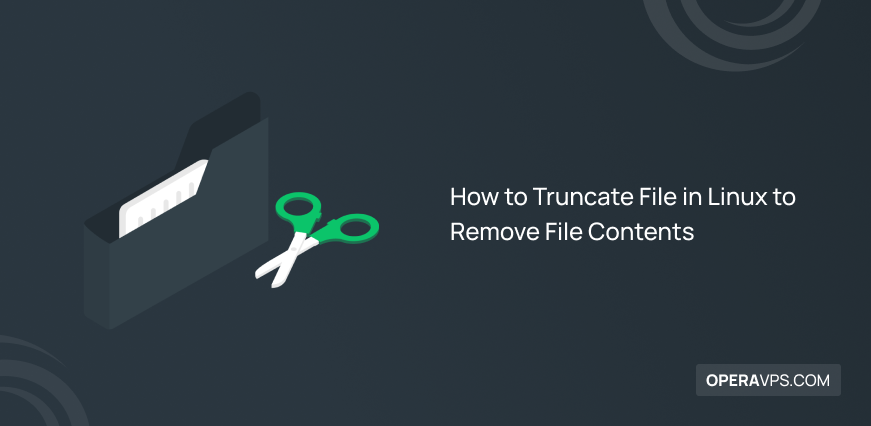
How to Truncate File in Linux to Remove File Contents
Clearing the system of useless files and data and clearing the storage disk of the operating system is one of our daily tasks. It may have happened to you that you don’t need file data, and on the other hand, creating a new file with correct permissions and ownership is a time-consuming and challenging task; […]
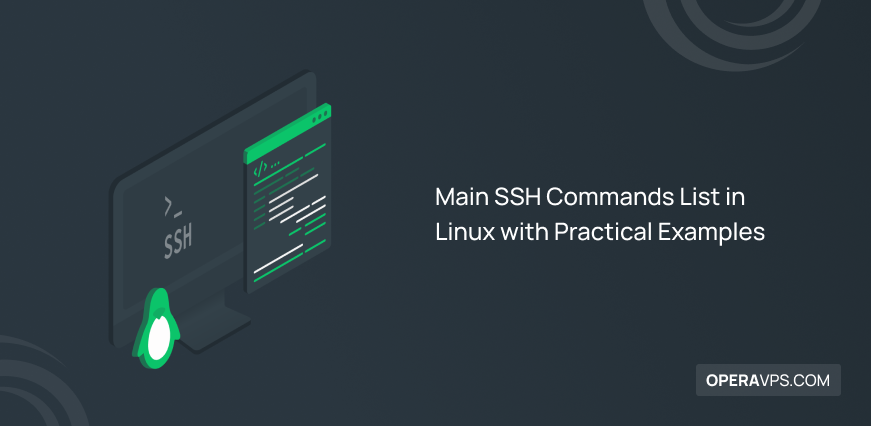
Main SSH Commands List in Linux with Practical Examples
SSH stands for Secure Shell. It is a protocol that uses encryption to protect your sensitive data while transmitting over the network. So, SSH enables you to log onto a remote system securely and run commands on it. In this article, you will review the Main SSH commands in Linux with examples. For managing a […]
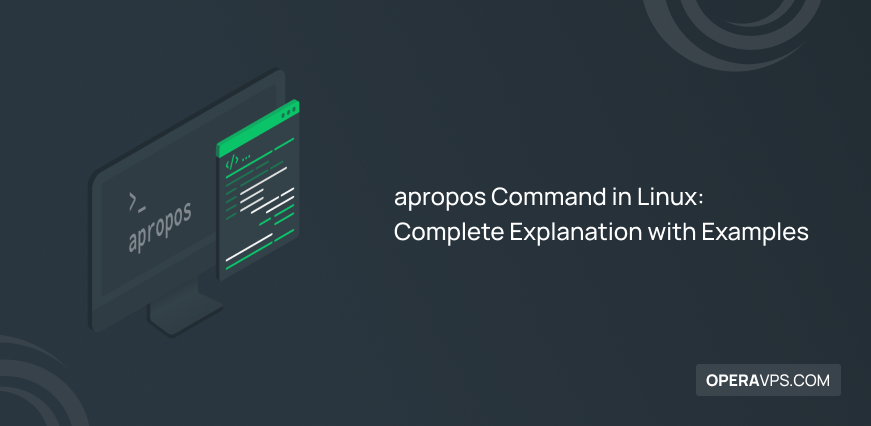
apropos Command in Linux: Complete Explanation with Examples
As a Linux user, if you have a problem remembering an exact command, this guide is what you need. When you need a specific Linux command, but you cannot remember it, the apropos command is a good helper. The apropos command in Linux looks for instructions using keywords that are supplied to it in the […]
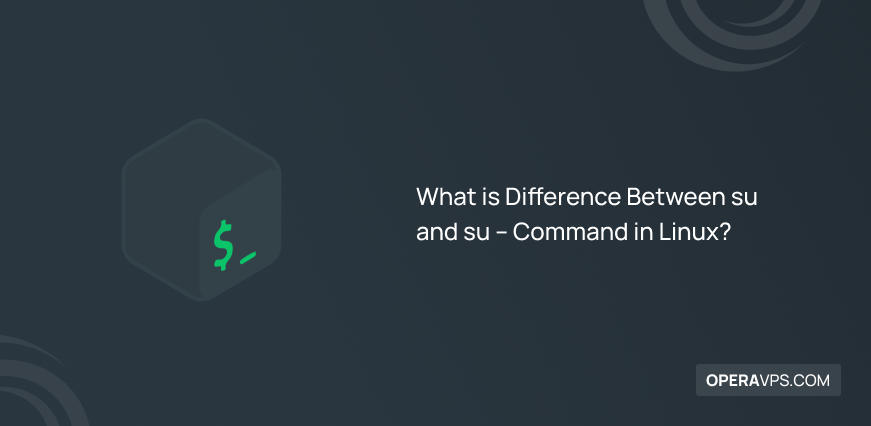
What is Difference Between su and su – Command in Linux?
Linux has a sea of commands for different purposes; for optimal use and management of Linux, you must be familiar with different commands. We try to familiarize you with the functions of various Linux commands so that after purchasing a Linux VPS, you can benefit from the features of Linux and achieve your goals. In […]
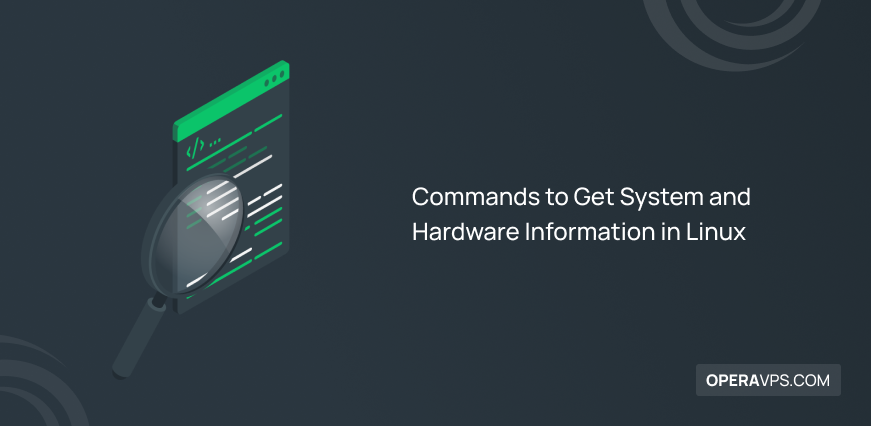
Commands to Get System and Hardware Information in Linux
One of the most activities of a Linux administrator or user is to get information about their Linux system. Observing the status of CPU, software, hardware, and more is possible by having Linux system knowledge. 23 Commands to Get System and Hardware Information in Linux are what you will review in this article.
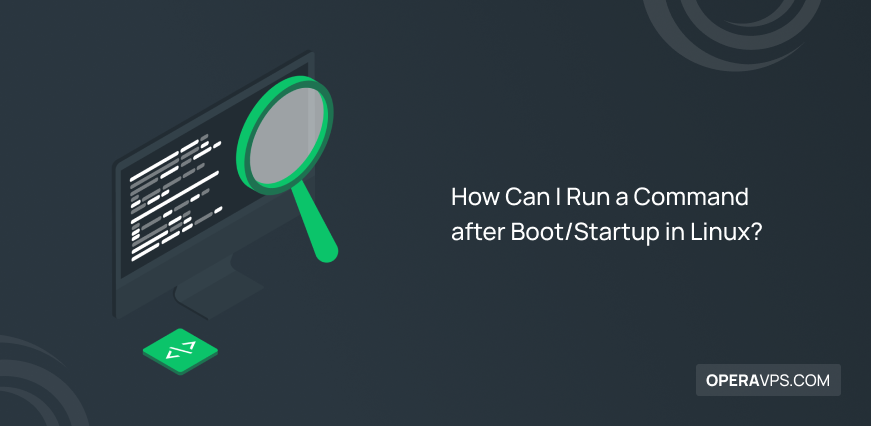
How Can I Run a Command after Boot/Startup in Linux?
Tools or programs called Linux startup scripts are launched by the kernel each time your computer restarts. Once the system has been booted, users can use any Linux run command on startup to configure programs or carry out specific tasks. To run script at startup Linux or command, you can use 7 different methods: /etc/rc.d/rc.local […]
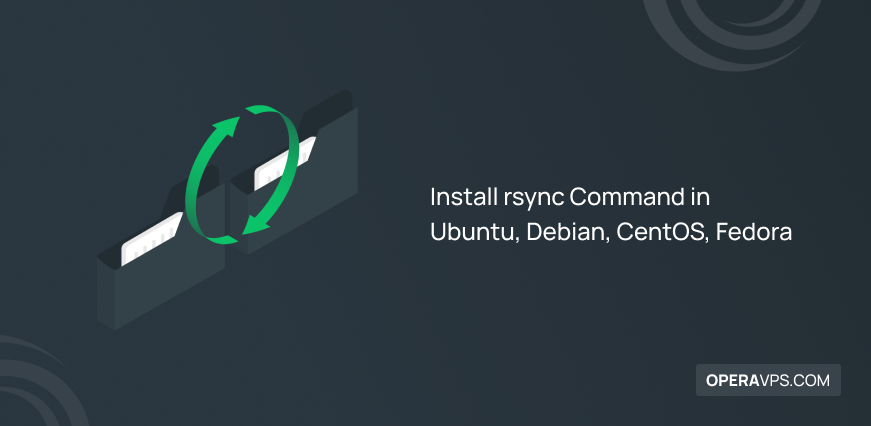
Install rsync Command in Ubuntu, Debian, CentOS, Fedora
The rsync command, short for Remote Sync, is one of the most widely used Linux commands that is used to copy and synchronize files and directories remotely as well as locally in Linux systems. The versatile rsync command provides the possibility of transferring and synchronizing data between the local machine and the remote host or […]
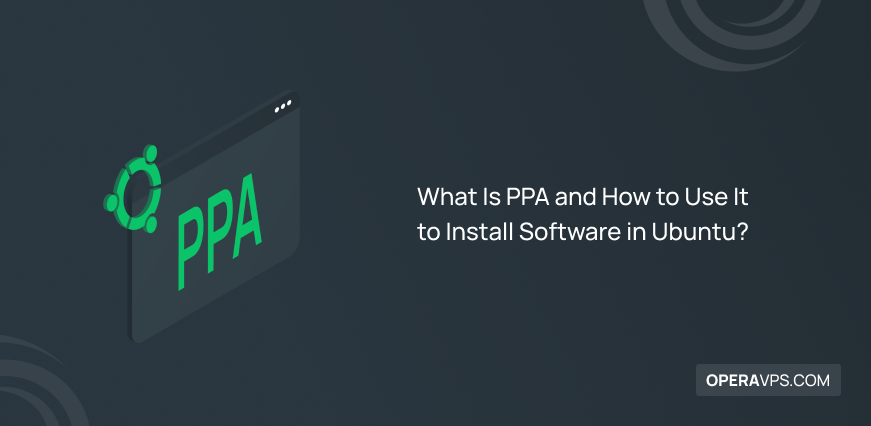
What Is PPA and How to Use It to Install Software in Ubuntu?
One of the concerns of users using different operating systems is how to install software packages. Installing software packages in different distributions of the Linux operating system differs from Windows. In most Linux distributions, the software provided is stored in servers known as Repository, which can be easily accessed. Repositories have simplified the installation and […]
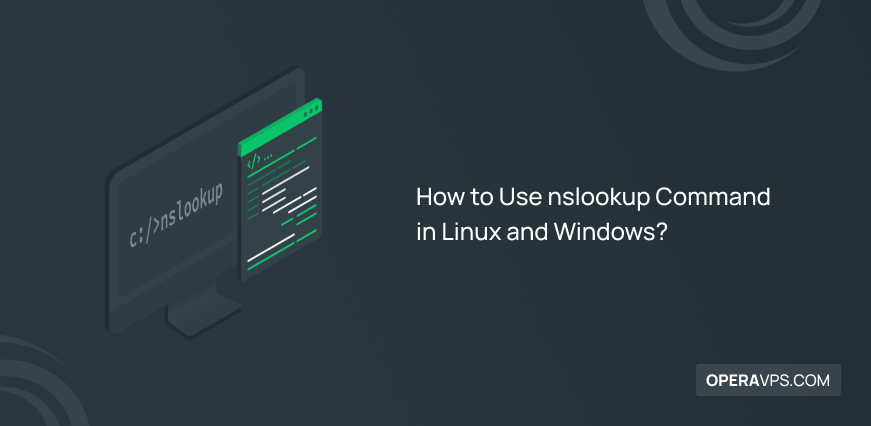
How to Use nslookup Command in Linux and Windows?
As a server administrator or IT professional, you must check DNS records and perform its queries. The Name Server Lookup (nslookup) is a command-line tool that helps you to get domain name information and IP addresses. In this article, you will review all about nslookup command to learn what is it, how to use, and […]
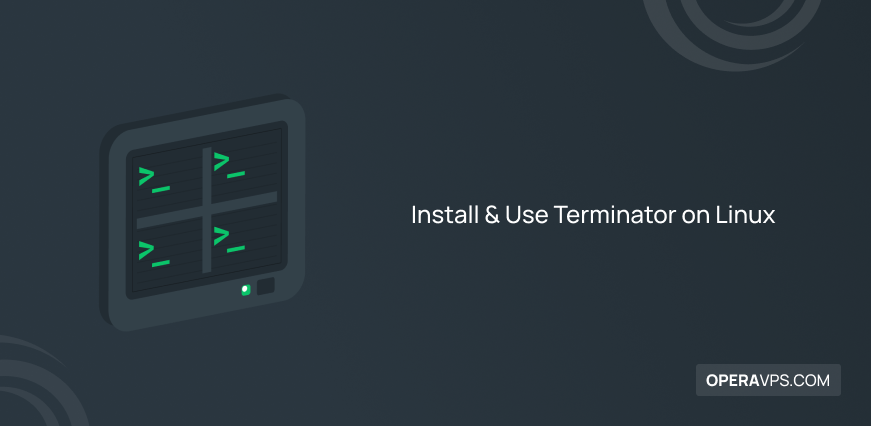
Install & Use Terminator on Linux
When it comes to the Linux operating system, the Linux terminal shines as a prominent Linux feature that improves and speeds up many important tasks for Linux users and developers. Terminator is a Linux terminal emulator for more effective and efficient use of the terminal.
![Install Dropbox on Ubuntu [using Terminal & GUI]](https://operavps.com/wp-content/uploads/2023/03/Install-Dropbox-on-Ubuntu-using-Terminal-GUI.png)
How to Install Dropbox on Ubuntu [using Terminal & GUI]
Dropbox is one of the most popular and oldest files hosting services that is used as a cloud storage service. Using Dropbox, users can store files, documents, photos, etc. online and synchronize the saved files with their devices. In addition, Dropbox makes it possible to access and save files when they do not even have […]
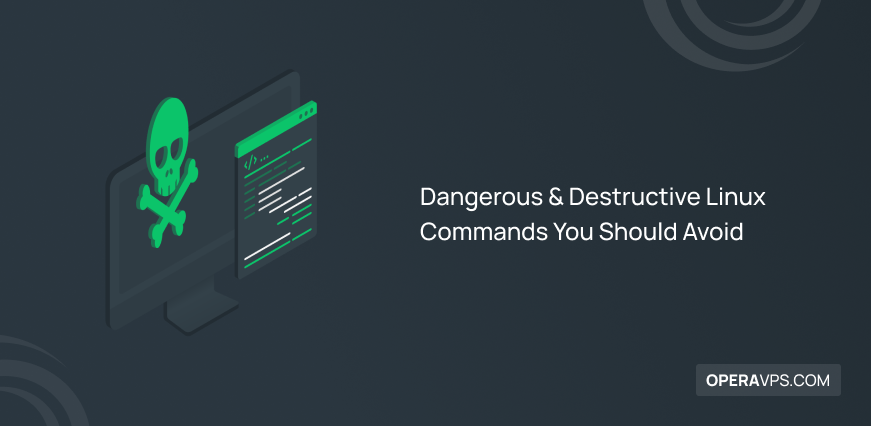
16 Dangerous & Destructive Linux Commands You Should Avoid
Linux is an open-source and advanced operating system, that’s why it is very popular among users and developers. The Linux terminal provides features that users are deprived of using such features the graphical user interface. The ability to use the valuable features of the terminal and apply the changes you need by the command line […]
